Papaya Harvest Time: Tips For Picking Papaya Fruits


When you planted that young papaya plant in your backyard, you may have thought that papaya harvest time would never arrive. If you have fruit ripening, it is probably time to learn the ins and outs of harvesting papaya fruit.
Picking papaya may not seem like a daunting task, but you’ll need to know when the fruit is ripe. Read on for tips on how to know when it is time to start harvesting papaya fruit as well as information on papaya harvesting methods.
Picking Papaya
A papaya plant grows tall like a tree but isn’t actually a tree. It is called a “tree-like” plant and grows a little taller than the average gardener. Its “trunk” is a single, hollow stalk that produces leaves and fruit at the top.
If you are hoping to see papaya harvest time, you’ll need a female plant with a male plant in the vicinity, or a self-pollinating hermaphrodite plant. In order to start harvesting papaya fruit, you’ll have to allow the plant to first grow to maturity.
How to Harvest Papaya
A papaya plant will mature in six to nine months if you live in a warm region but may take up to 11 months in cooler areas. Once the plant is mature, it will flower in early spring and can produce as many as 100 fruits in summer or fall.
While most species of papaya produce fruit that is yellow, others ripen into orange or red. All of them first go through an immature “green” phase, during which they are known as green papayas.
Papaya harvest doesn’t ever begin before the moment called “color break,” when the papayas begin to transform from green to the mature color. Keep your eye on the blossom end, which is the first part of the fruit to turn.
Gardening tips, videos, info and more delivered right to your inbox!
Sign up for the Gardening Know How newsletter today and receive a free copy of our e-book "How to Grow Delicious Tomatoes".
Papaya Harvesting Methods
For home production, it isn’t likely you will need to use any fancy papaya harvesting methods. These are generally only necessary for commercial production. If you are wondering how ripe the fruit should be when you pick it, here are some tips.
Those growing for export harvest the fruit before they are 1/4 yellow. However, the fruit flavor is best when the skin is 80 percent colored. Home growers should harvest when the fruit is between 1/2 and 3/4 the mature color. These will be sweeter since papayas do not increase in sweetness after picking.
What is the best papaya harvesting method for home orchards? Yep, it's handpicking the fruit. If your tree is small, just stand on the ground. If it is larger, use a ladder. You can use a knife or pruners to make a clean cut.

Teo Spengler is a master gardener and a docent at the San Francisco Botanical Garden, where she hosts public tours. She has studied horticulture and written about nature, trees, plants, and gardening for more than two decades. Her extended family includes some 30 houseplants and hundreds of outdoor plants, including 250 trees, which are her main passion. Spengler currently splits her life between San Francisco and the French Basque Country, though she was raised in Alaska, giving her experience of gardening in a range of climates.
-
 Looking For Plants To Give You The Soft And Fuzzies? Try These 5 Fuzzy Leaf Plant Options
Looking For Plants To Give You The Soft And Fuzzies? Try These 5 Fuzzy Leaf Plant OptionsLovers of texture, drama, silver foliage and tactile plants will adore these special sensory garden additions. These fuzzy leaf plant options will leave you all aglow
By Susan Albert
-
 Get Ready For A Summer Of Hummers! Grow These Full Sun Hummingbird Plants and Flowers
Get Ready For A Summer Of Hummers! Grow These Full Sun Hummingbird Plants and FlowersIf you’re lucky enough to enjoy a sunny backyard, make sure you are maxing out on your pollinator opportunities and grow these full sun hummingbird plants and flowers
By Tonya Barnett
-
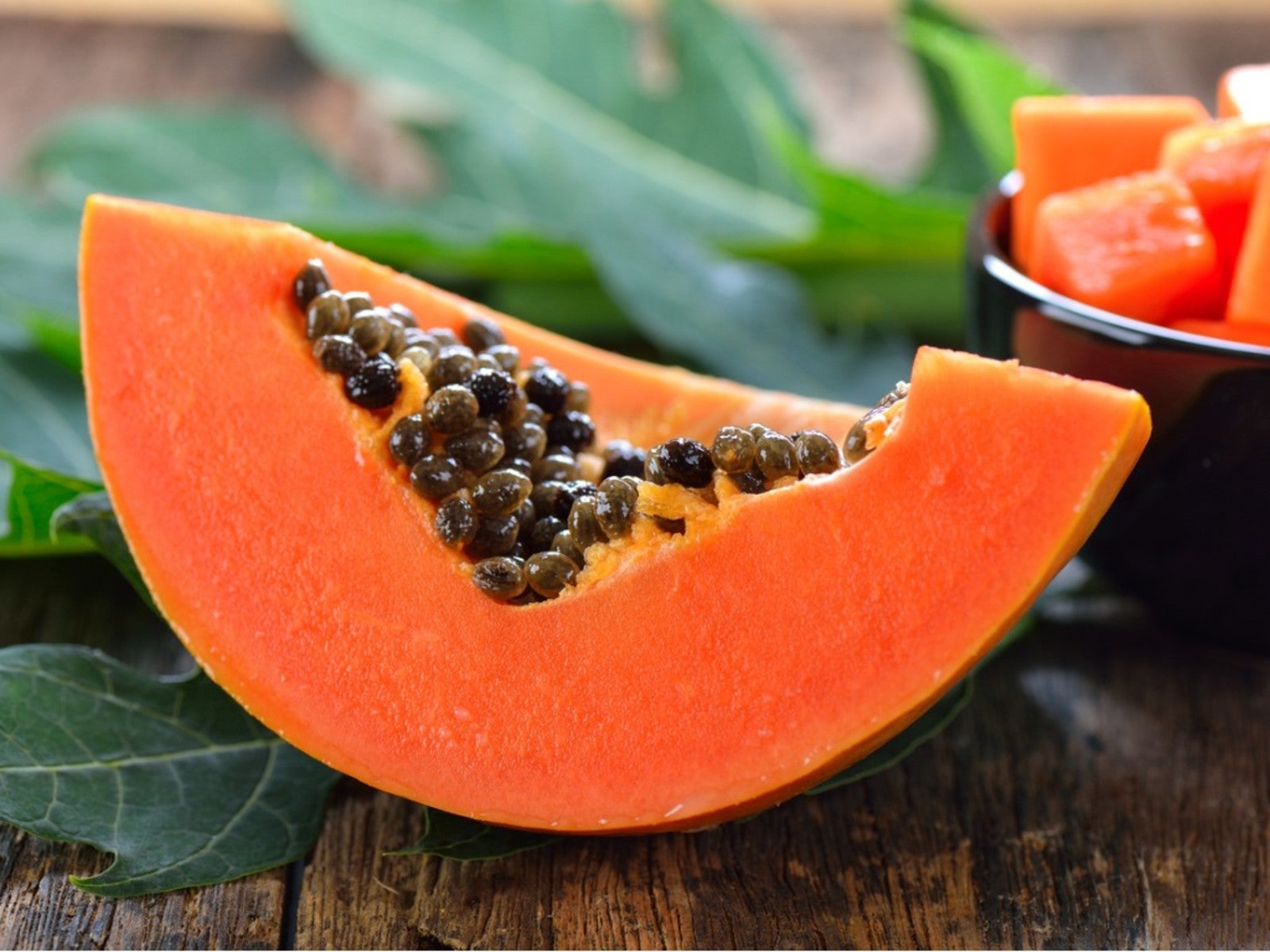 Papaya Fruit Uses – Learn What To Do With Papaya Post Harvest
Papaya Fruit Uses – Learn What To Do With Papaya Post HarvestSo here you are with a bumper crop of papaya fruit. Don’t worry -- we’ve compiled a list of what to use papaya for.
By Amy Grant
-
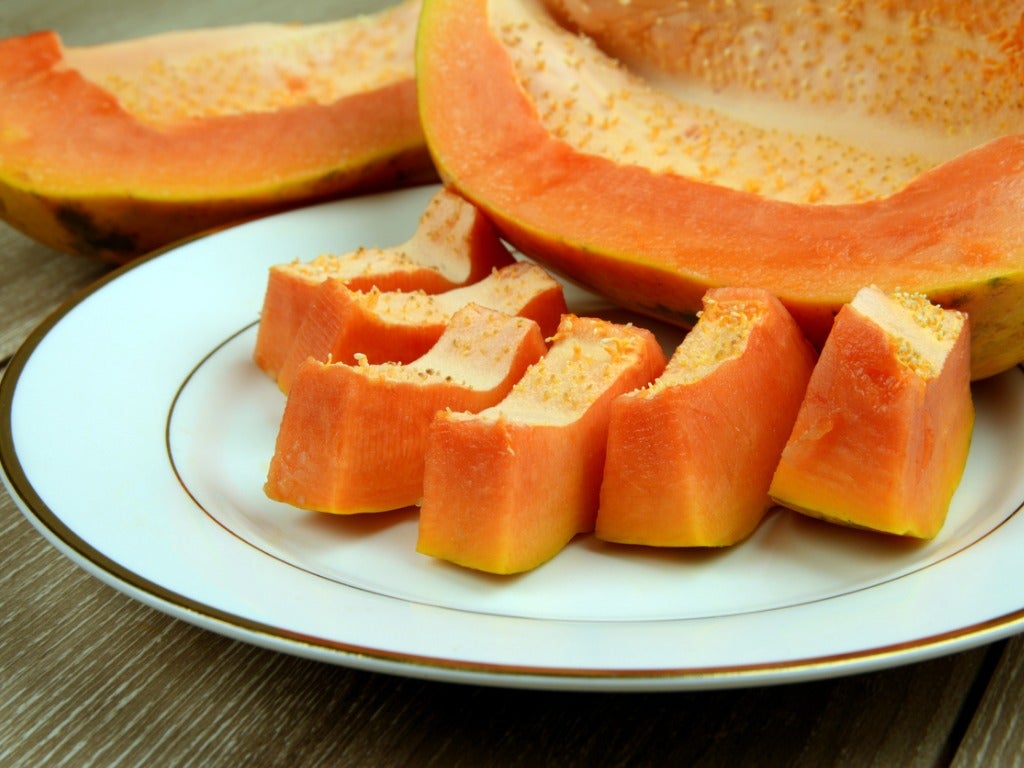 No Seeds Inside Papaya – What Does A Papaya Without Seeds Mean
No Seeds Inside Papaya – What Does A Papaya Without Seeds MeanPapayas are notoriously laden with seeds, so what if you get a papaya without seeds? To learn what causes seedless papayas, click here.
By Teo Spengler
-
What Causes Papaya Stem Rot – Learn About Pythium Rot Of Papaya Trees
Papaya stem rot is a serious problem that often affects young trees but can take down mature trees as well. But what is papaya pythium rot, and how can it be stopped? Click this article to learn more about papaya pythium fungus problems.
By Liz Baessler
-
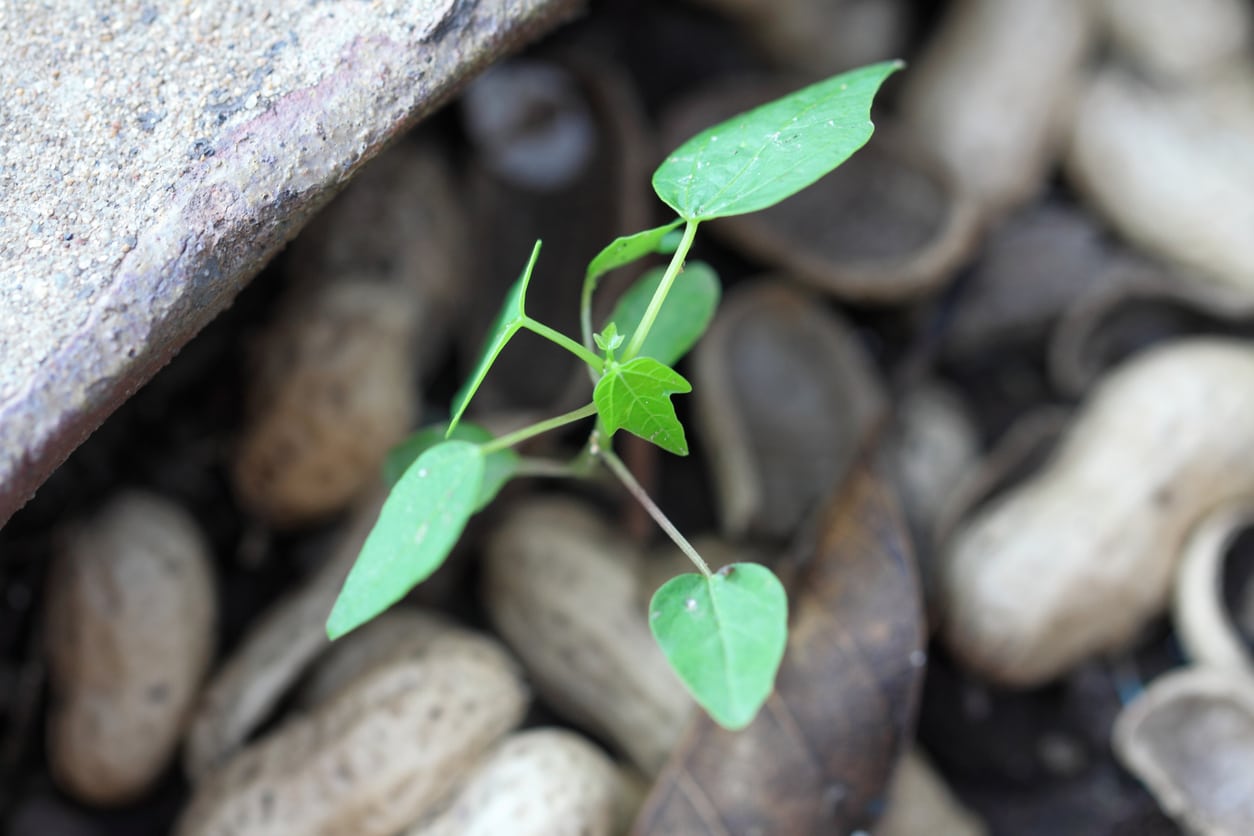 My Papaya Seedlings Are Failing: What Causes Papaya Damping Off
My Papaya Seedlings Are Failing: What Causes Papaya Damping OffWhen growing papaya from seed, you may come across a serious problem: papaya seedlings failing. They look water-soaked, then shrivel, dry, and die. This is damping off, and it is a fungal disease that can be prevented with good cultural practices. Learn more here.
By Mary Ellen Ellis
-
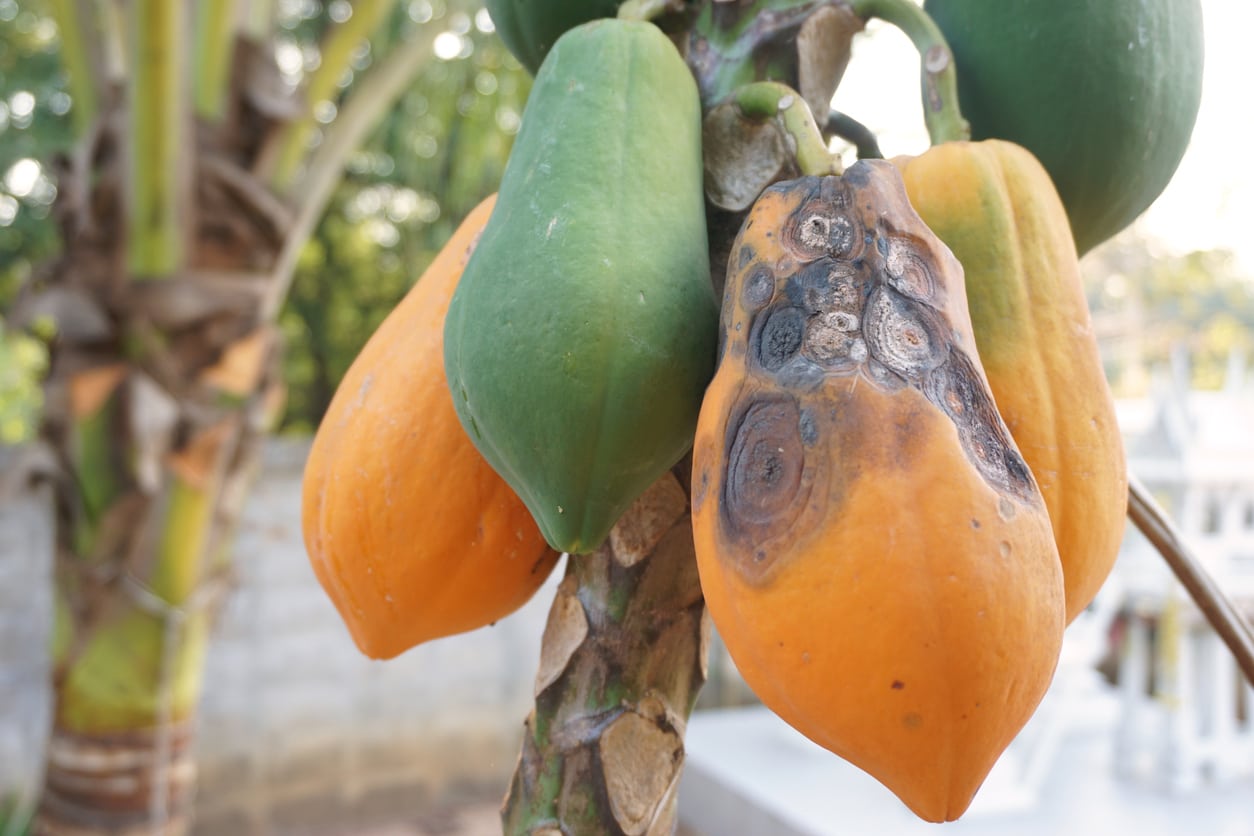 Anthracnose Of Papaya Trees: Learn About Papaya Anthracnose Control
Anthracnose Of Papaya Trees: Learn About Papaya Anthracnose ControlWhen you see sunken spots on papaya fruit, you may be dealing with anthracnose of papaya trees. But with some cultural practices, papaya anthracnose control in the home orchard isn’t difficult. Click this article for tips on treating papaya anthracnose.
By Teo Spengler
-
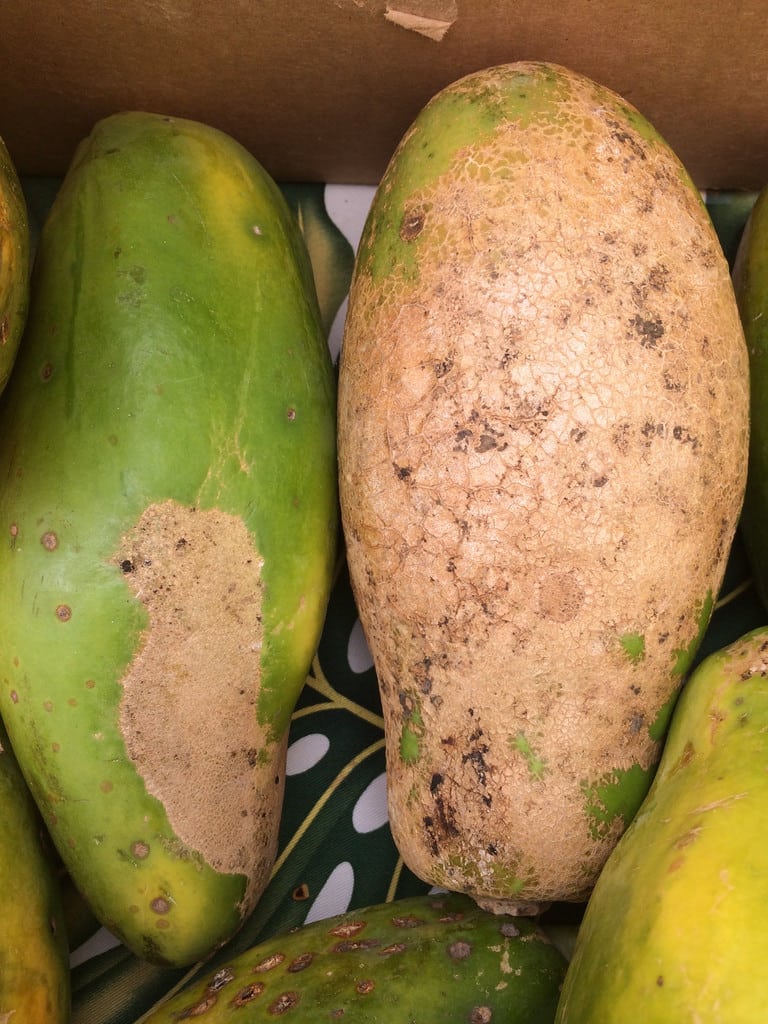 Papaya Herbicide Problems: Treating Symptoms Of Papaya Herbicide Injury
Papaya Herbicide Problems: Treating Symptoms Of Papaya Herbicide InjuryUnfortunately, papayas are shallow-rooted and papaya damage from herbicides is always a risk. Understanding papaya herbicide problems may help you prevent and mitigate herbicide injury of papaya. Click on this article to learn more.
By Mary H. Dyer
-
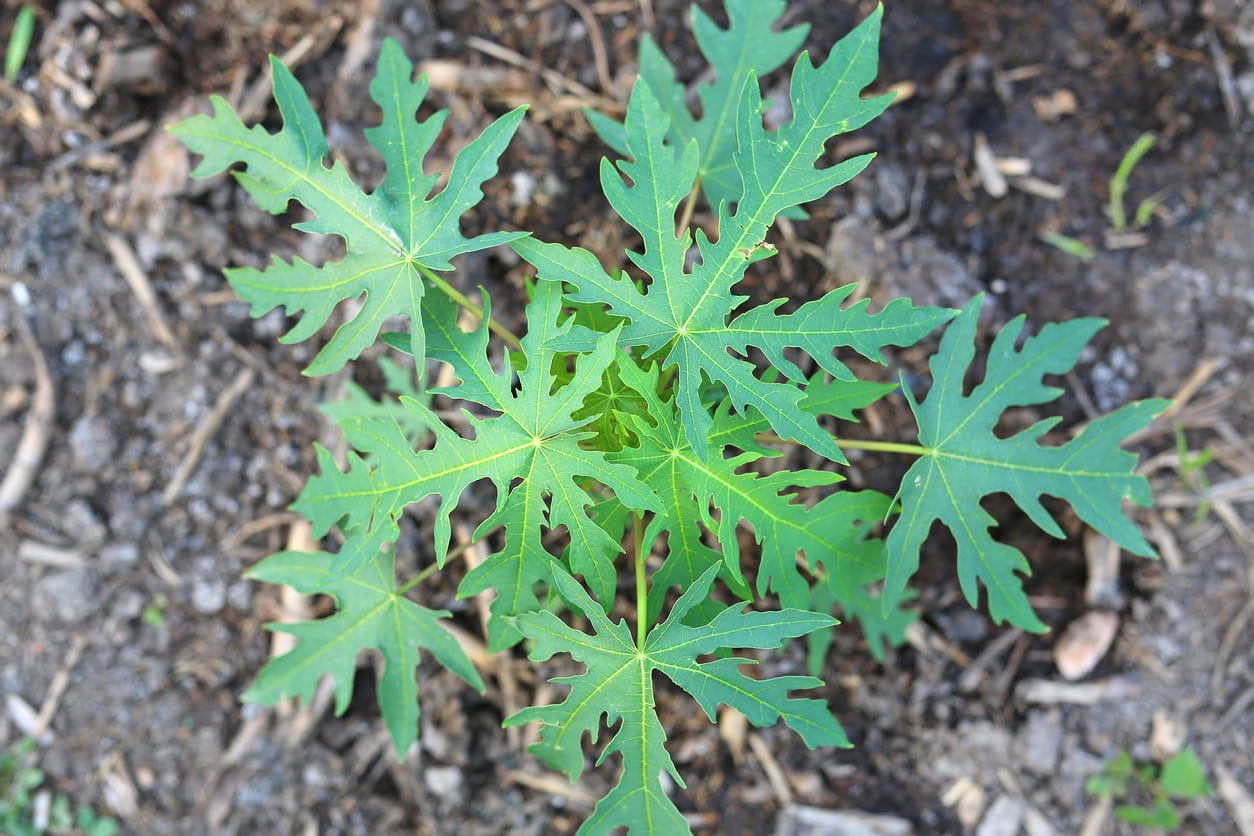 Papaya Seedlings Damping Off – Learn About Papaya Damping Off Treatment
Papaya Seedlings Damping Off – Learn About Papaya Damping Off TreatmentPapaya seedlings damping off can mean the end of the crop as the fungus eventually rots out the stem. What causes papaya damping off and how can you prevent it? Click on the following article for more information.
By Bonnie L. Grant
-
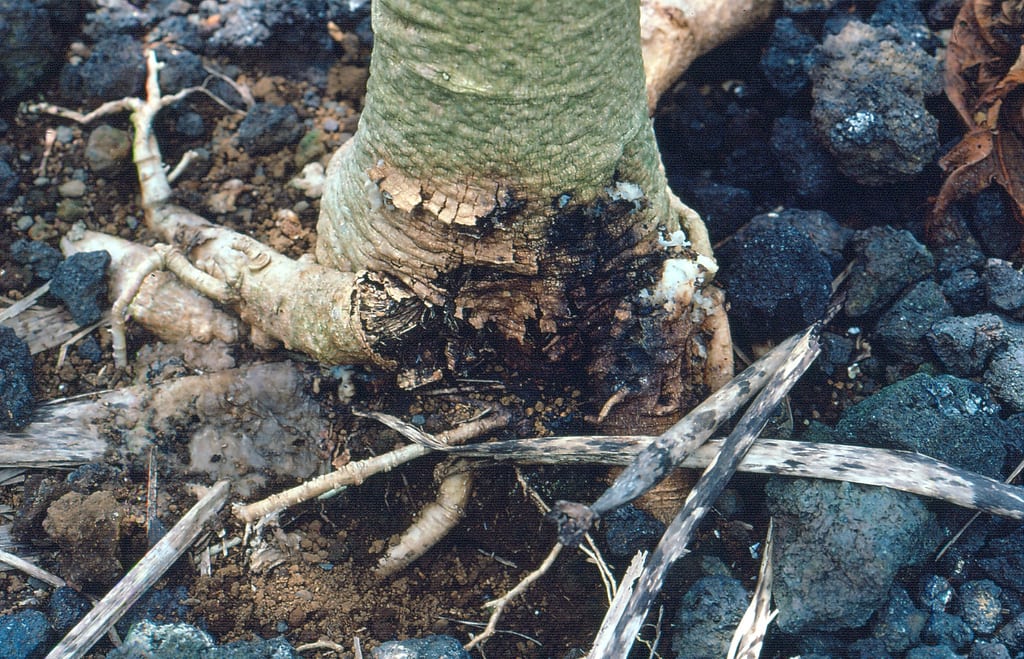 Papaya Stem Rot Symptoms – How To Manage Stem Rot On Papaya Trees
Papaya Stem Rot Symptoms – How To Manage Stem Rot On Papaya TreesPapaya stem rot can be a serious problem if not addressed properly. The following article provides information on what causes papaya stem rot and tips for controlling papaya stem rot disease. Click here to learn more.
By Liz Baessler